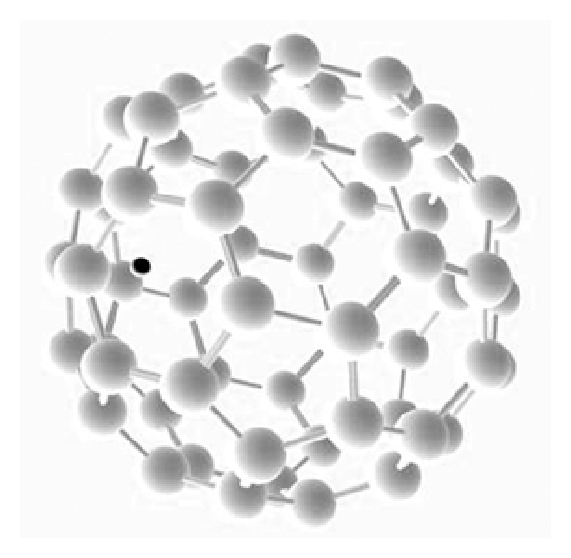Fullerene C60 is a spherical molecule composed of 60 carbon atoms arranged in a pattern similar to a soccer ball. It has been found to exhibit antioxidant properties due to its ability to scavenge free radicals and prevent oxidative damage. The following are some possible mechanisms by which fullerene C60 exerts its antioxidant effects:
- Electron Transfer: Fullerene C60 can accept or donate electrons to free radicals, neutralizing their reactivity and preventing them from damaging cells. This mechanism is based on the fact that fullerene C60 has a high electron affinity and can stabilize the unpaired electrons of free radicals.
- Hydrogen Atom Transfer: Fullerene C60 can also donate hydrogen atoms to free radicals, converting them into less reactive molecules. This mechanism involves the transfer of a hydrogen atom from the fullerene C60 molecule to the free radical, which stabilizes the radical and reduces its reactivity.
- Singlet Oxygen Quenching: Fullerene C60 can quench singlet oxygen, a highly reactive form of oxygen that can cause oxidative damage. This mechanism involves the transfer of energy from the singlet oxygen to the fullerene C60, which dissipates the energy and prevents damage to cells.
- Metal Chelation: Fullerene C60 can also chelate metals, preventing them from catalyzing the formation of free radicals. This mechanism involves the binding of metal ions to the fullerene C60 molecule, which prevents the metal ions from participating in oxidative reactions.
Overall, fullerene C60 exhibits its antioxidant properties through a combination of these mechanisms, which collectively allow it to scavenge free radicals, prevent oxidative damage, and promote cellular health.

